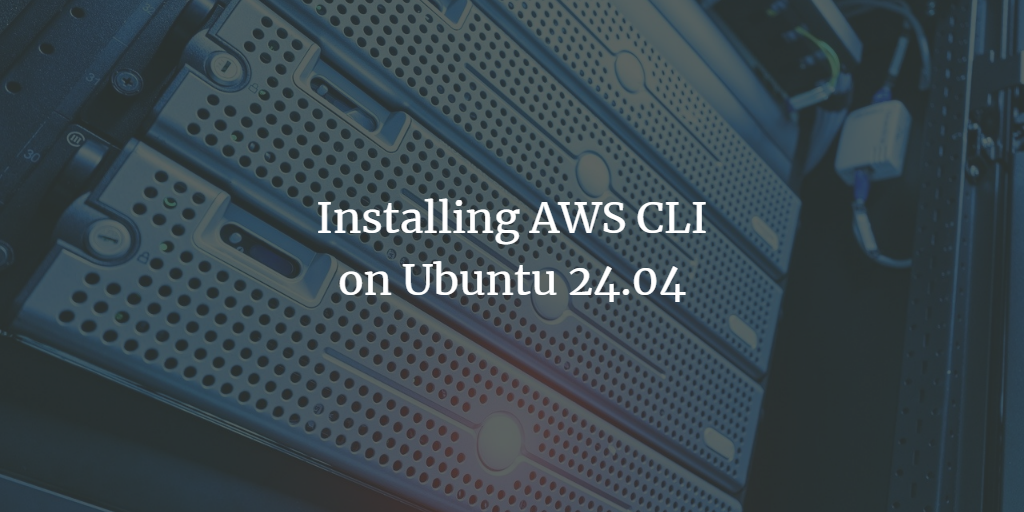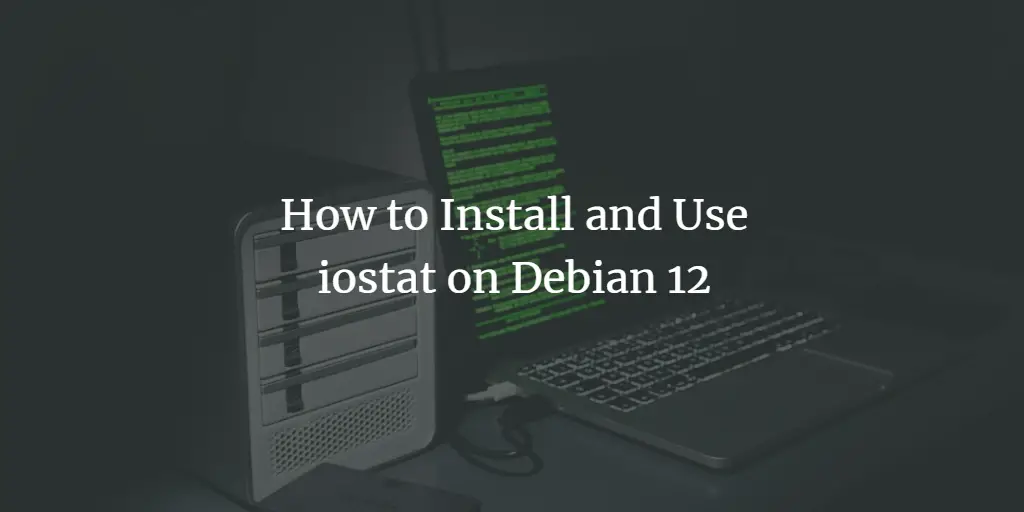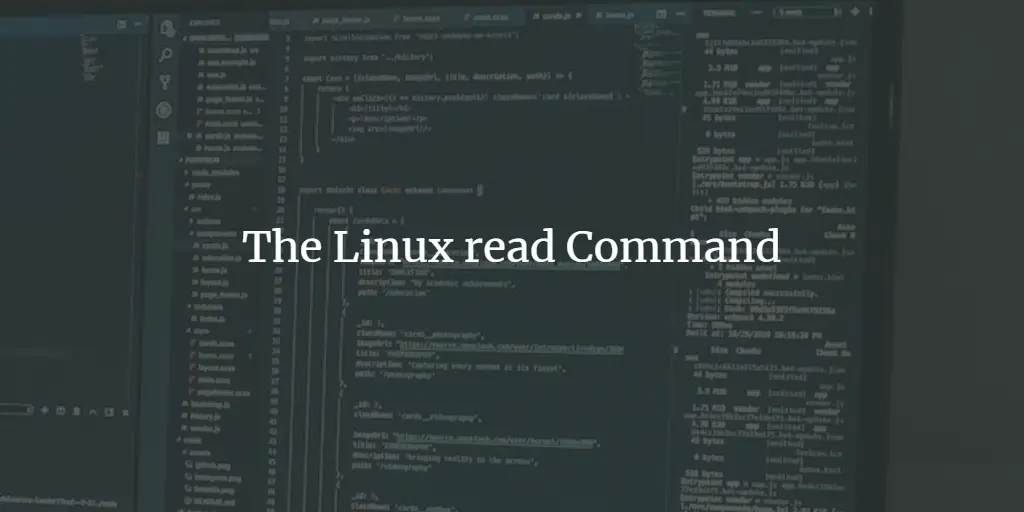Articles by howtoforge
-
How to Delete a Docker Image on Linux
Author: howtoforge • Tags: linux, virtualization • Comments: 0 • Published: Sep 11, 2024Docker images can take up significant disk space over time, especially if you frequently build and pull images. This guide will walk you through the process of deleting Docker images that are no longer needed.
-
Dynamic vs. Static IP Addresses: A Guide for Novice Linux Users
Author: howtoforge • Tags: linux, networking • Comments: 1 • Published: Sep 11, 2024Understanding the difference between dynamic and static IP addresses is crucial whether you're working on a home network, setting up a server, or just learning the ropes of Linux networking. This guide will walk you through the concepts of dynamic and static IP addresses, their advantages and disadvantages, and when to use each one.
-
Understanding Network Interface Ports in Linux
Author: howtoforge • Tags: linux, networking • Comments: 0 • Published: Sep 10, 2024A network interface is a software or hardware component that enables a Linux system to connect to a network. This connection allows your device to communicate with other devices over a network, whether it’s a local area network (LAN) or the broader internet.
-
-
Installing AWS CLI on Ubuntu 24.04
Author: howtoforge • Tags: linux, server, ubuntu • Comments: 0 • Published: Sep 02, 2024The AWS Command Line Interface (CLI) is a unified tool designed to manage and interact with Amazon Web Services (AWS) resources from the command line. Below is a step-by-step guide to installing the AWS CLI on Ubuntu 24.04.
-
Understanding the Command Line Processor in Linux
Author: howtoforge • Tags: linux, shell • Comments: 0 • Published: Aug 30, 2024The command line processor, often called the command line interface (CLI), command shell, or simply the terminal, is a vital tool for interacting with Linux and other Unix-like operating systems. This article shows the command-line processor's importance in Linux, how it works, and how to use it effectively.
-
How to Install and Use iostat on Debian 12
Author: howtoforge • Tags: debian, linux, server • Comments: 0 • Published: Aug 27, 2024iostat is a command-line tool used in Linux to monitor system input/output (I/O) device loading by observing the time devices are active in relation to their average transfer rates.
-
How to Use the Linux less Command
Author: howtoforge • Tags: linux • Comments: 0 • Published: Mar 04, 2024The less command in Linux is a powerful tool used primarily for viewing the contents of a text file, one page (or screen) at a time.
-
The Linux read Command
Author: howtoforge • Tags: linux, shell • Comments: 0 • Published: Jan 19, 2024The read command in Bash reads a line from the standard input and splits it into fields.
-
What if William Shakespeare had written a Linux LAMP tutorial?
Author: howtoforge • Tags: linux • Comments: 0If you've ever wondered what a Linux tutorial might look like if William Shakespeare wrote it, check out the text below. The text was written by ChatGPT, of course. The commands in the guide are working, so the tutorial can even be used to install a server.
-
How to Install GitLab CE with Docker on Debian 12
Author: howtoforge • Tags: linux, programming, server, ubuntu • Comments: 0Gitlab Server is an open-source version of the cloud-hosted Gitlab version control. This guide will show you how to install Gitlab Server using Docker on Debian 12.










